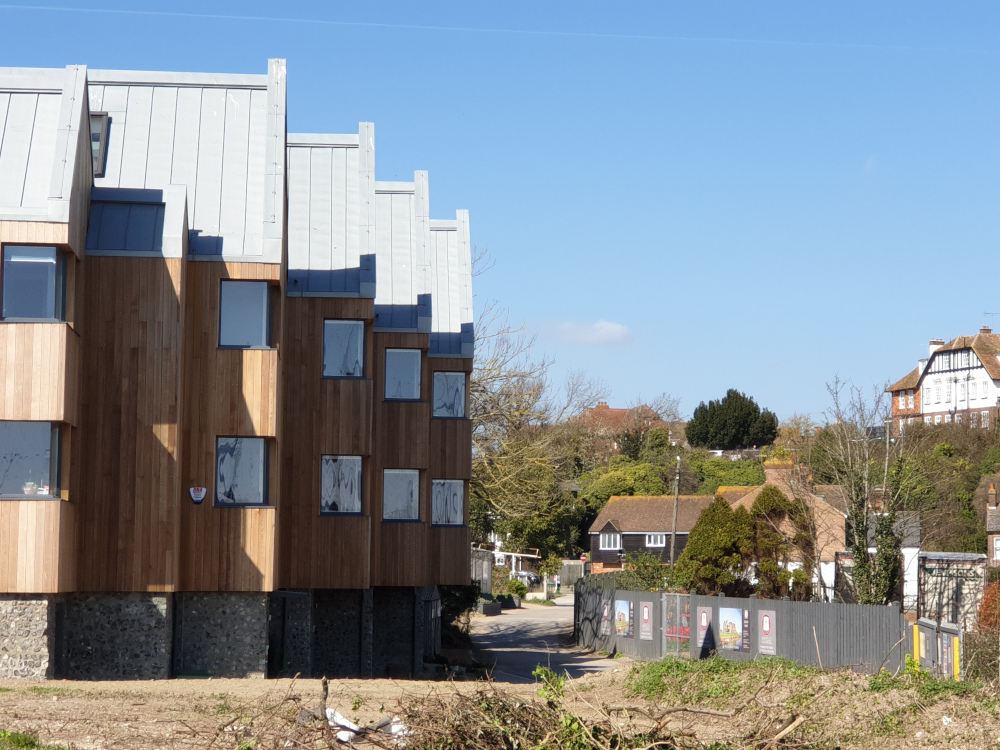The government has just set out proposals for the biggest overhaul of England’s planning system for decades, under the Prime Minister’s cry of “build, build, build”; and a white paper has been issued for consultation, that claims to unlock planning rules to allow more building, particularly of houses.
The Housing Minister has said that “We are introducing a simpler, faster, people-focused system to deliver the homes and places we need. The new plans would replace the “outdated and cumbersome planning system” in order to deliver more homes.” The new system would be more “liberalised to unlock growth”.
Government will direct local councils to make more succinct development plans with more graphics and less text and to refresh them every five years. Each Local Plan would only include site or area specific policy wording, with the bulk of all planning policies being drawn from a country wide template enshrined in a revised National Planning Policy Framework (NPPF).
In future, local plans would designate land as for “growth” to allow automatic permission for new development, or for “renewal” to provide “permission in principle” or for “protection” for areas of conservation, biodiversity and outstanding natural beauty, such as the Area od Natural Beauty (AONB) surrounding Rye. The last will not have any automatic building rights.
Giving local people a greater say
The new process is claimed to be “thoroughly democratic” with the process being “more online”. The concept is that plans will be based on a standardised set of data, which will be presented in a concise and user friendly format to enable better public scrutiny and participation. The government want to give “local people a greater say in where development goes” – as a Neighbourhood Planner this sounds familiar – with a particular focus on getting residents more interested from the outset.
The paper refers to “radically and profoundly re-invented engagement with local communities”, but the full process is unclear. What is reassuring is that one of the key proposals (Proposal Paper Number 9) is for Neighbourhood Plans to continue to be supported. For those who have worked for many years on the Rye Neighbourhood Plan, this is a relief indeed!
In future planning there would be “high regard for quality and design” and would draw inspiration from national design codes and pattern books used elsewhere in places such as the city of Bath and the London neighbourhood of Belgravia. But critics are already saying that such a liberalised system will lead to rapid construction, with properties not meeting high standards and disregarding energy and water saving measures.
The Federation of Master Builders, has said that any “new measures that make the planning system quicker and more affordable are welcome, but it is vital that high standards in design and build are not compromised”.
Is more investment the real need?
Some opposition politicians are saying that these proposals are just tinkering with planning laws and what is really needed is a huge house-building programme of social homes for rent. In short what is needed is more investment rather than simplified planning. They cite the need for more affordable homes. Some point to the fact that there is land all over the country for which there is planning permission, but no building. We see that in Rye.
A call for brief, easy to read technical planning documents that focus on the key material is not easily delivered. There is an old adage that shorter documents always take longer to produce than more wordy ones.
Some experts have suggested that the White Paper will only achieve planning simplicity with additional and significant funding for suitably trained staff at Local Authorities – many qualified planners have left for the private sector in recent years – who would be needed to navigate the new system successfully and in a way which is transparent to local communities.
One fundamental is that any unscrupulous developer is prevented from circumnavigating the new simplified process. There is much to digest in the planning White Paper, but it is clear that the devil is in the detail.
Image Credits: Anthony Kimber .



